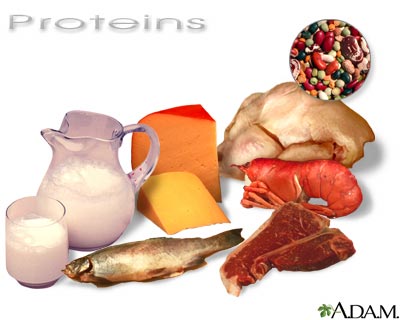Chemistry of Life
I. Some Basic Chemistry
A. Living organisms are chemical systems
Ecosystem - organism - organ system - organ - tissue - cell - organelles -
molecules
B. All matter consists of atoms (elements)
C. Atoms can be found in various forms
- Elemental
- Compounds
- Ions
- Isotopes
D. Living cells consist of at least 25 essential elements
- Structural elements: C H O P N S
- Micronutrients: Ca K Na Cl Mg
- Trace elements: Fe, Cu, F, I, .....
E. Atoms are joined together by chemical bonds to form molecules
- Ionic bonds
- Covalent bonds
F. Chemicals undergo changes (reactions) due to the breaking and reforming
of bonds
- Reactants
- Products
- Catalysts
- Enzymes
G. Water has unique chemical properties that make it able to support life
 Cohesion
Cohesion- Adhesion
- Surface tension
- Heat capacity
- Solvent
- Ice
- pH
H. Chemical solutions consist of solvents and solutes
II. Biologically important types of molecules
A. Carbohydrates
Basic chemical formula: (CH2O)n
1. Monosaccharides - glucose, fructose, galactose, ribose
2. Disaccharides -
sucrose, lactose, maltose, cellobiose
3. Polysaccharides - starch,
glycogen, cellulose, chitin
B. Proteins
Basic chemical formula: H2N - HCR - COOH
1. Amino acids
2. Dipeptides - 2 amino acids joined by a peptide bond
3. Oligopeptides - short chains of amino acids
4. Proteins - chains of generally > 100 amino acids
C. Lipids
1. Steroids - cholesterol, testosterone, estrogen
2. Fatty acids - linoleic acid
- Basic chemical formula: CH3 - (CH2)n -
COOH
3. Triglycerides - glycerol + 3 fatty acids
4. Phospholipids - glycerol + 2 fatty acids + phosphate
D. Nucleic Acids
1. DNA - chains of
nucleotides
2. RNA - ribose + phosphate + nitrogen base



 Cohesion
Cohesion

